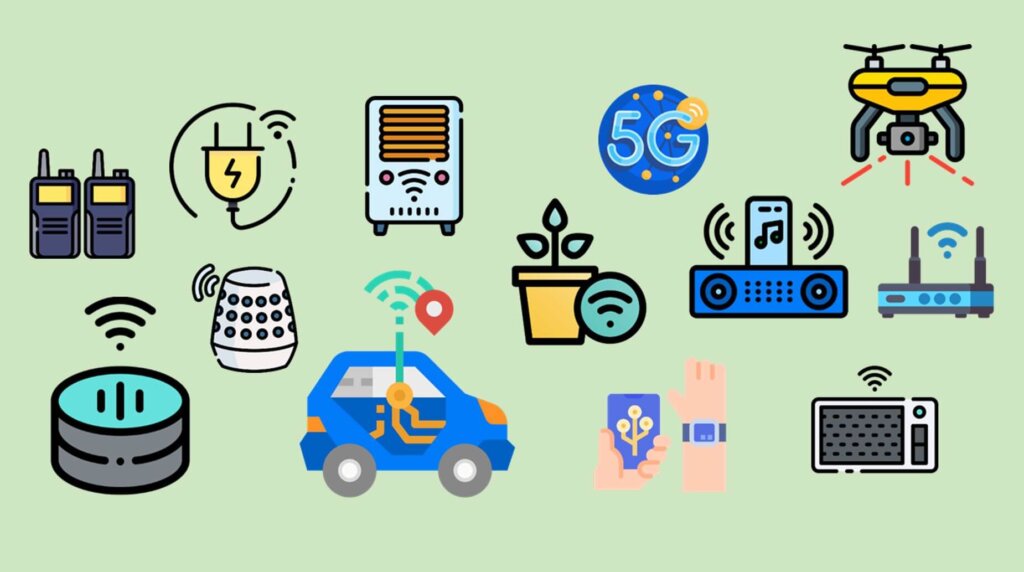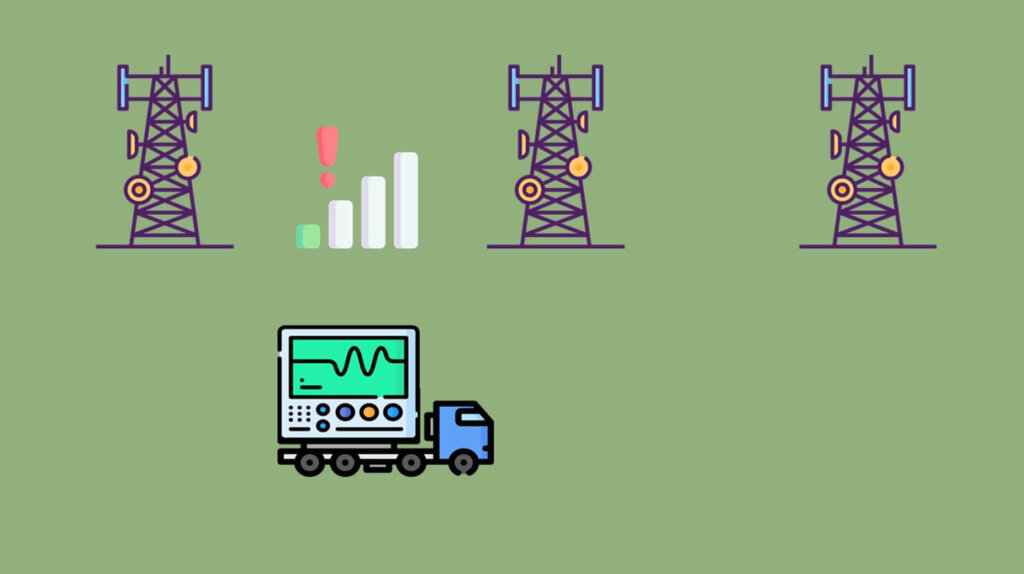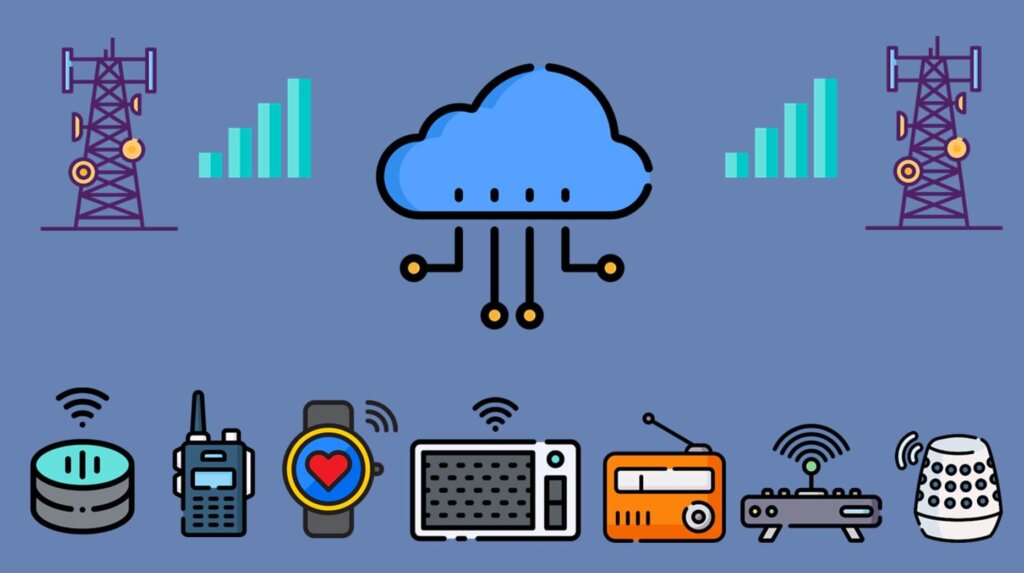5G – An Insatiable Global Appetite for Wireless Connectivity is Creating Many Related Business Opportunities
Nov 02, 2021
The Radio Spectrum presents a significant opportunity
By Nikhil Adnani, PhD, CTO, ThinkRF Corp.
Nikhil has held engineering positions at Nortel and Communications Research Centre Canada. He has a BSc and an MSc from the University of Manitoba and a PhD from Carleton University, all in Electrical Engineering.
Globally we are seeing massive growth in wireless devices and their use. Everything from IoT where the goal is to connect everything, to wider bandwidth systems like Wi-Fi 6E, 5G and more.
Ericsson estimates that we will have 3.5 billion 5G connections and over 26 billion IoT connections by 2026. To put this growth in perspective, none of these devices existed in any meaningful way 20 years ago. The wireless landscape has been transformed significantly in a relatively short period of time.
Even older systems like FM and two-way radios continue to grow at a steady pace. Our appetite for wireless connectivity anywhere and everywhere continues to fuel this growth.
All wireless products rely on a precious resource – namely, the electromagnetic spectrum. Also known as the airwaves or simply spectrum, this is a limited resource that is used to transfer information from one point to another. Data from your Wi-Fi access point to your Sonos speaker, from satellites to ground stations and from your smart watch to your phone. All of this and more relies on availability of spectrum. Spectrum is also a very expensive resource. For instance, mid-band spectrum in the USA intended for 5G applications has fetched more than $80 billion to date.

The quality of a user’s experience depends heavily on uninterrupted access to spectrum and the quality of Radio Frequency (RF) signals that are used to communicate. Factors such as how heavily spectrum is being utilized, what’s interfering with RF signals and how good the overall signal is, impact user experience.
Think of the radio spectrum as a highway with cars each of which represents a different wireless signal. . As the number of cars increases, the highway gets busier and the likelihood of a collision increases. When this happens, the cars don’t make it to their destination on time. This is the same with wireless signals – overcrowding the spectrum results in lost data packets, network slowdowns and disconnects. When compared to the high cost of the resource, relatively little has been spent to date on understanding spectrum and its utilization. We are now at a point where we are starting to experience the effects of this in a larger way than before. Every time your Zoom call drops during a critical meeting, or you are unable to get an LTE signal at your cottage, you are experiencing an impairment related to the RF spectrum.
With the pandemic and more people working remotely and from home, we are now experiencing firsthand many more RF issues on our wireless networks. In corporate environments, connectivity problems are managed by a network administrator. However now we are having to deal with it. These are very challenging problems to solve.
The first obvious challenge with RF Spectrum is that it is invisible. Unlike a damaged cable, you can not see poor quality spectrum. The second is that most people are not RF engineers and are not trained to identify and solve such problems.
So how does a network operator facilitate a better experience when it comes to wireless connectivity? Since many of these issues are related to spectrum, the first step is to get a better understanding of it. Typically, this is done with the use of specialized instruments at the network planning phase. A spectrum analyzer is one such instrument that enables visualization of the spectral content of a signal. However, these are typically large and bulky. There are smaller versions, but you must be an RF expert to use them and this is an expensive exercise requiring highly trained personnel.

The next question is - are these instruments and techniques sufficient? Not in the present day nor in the future.
As the use of wireless continues to increase, the RF environment is getting significantly more complex and congested. This in turn leads to communication outages and disruptions when you least expect them.
Given the ubiquitous and mostly unpredictable nature of RF, monitoring spectrum for interference and any impairments needs to be geographically distributed and continuous.
A one time check for problems during network planning and installation is no longer sufficient. Equally important to monitoring is analysis. There is a requirement to understand what is going on at a deeper level to fix the problem. What is interfering with my wireless network? Is it another network or some other stray signal? Also, where is this interference coming from?
Wireless is permeating every aspect of our lives. From media consumption to work to mission critical applications. As our reliance on wireless connectivity grows, so also does the risk of major economic disruptions when connectivity is impacted.
All these questions naturally guide the development of systems that are designed to monitor, manage and provide continuous insight into spectrum. Systems designed to predict outages before they occur. Systems that help smarter communication equipment learn and adapt to a changing wireless environment.
This is the present and future of Spectrum.

ThinkRF is developing next generation systems to enable smarter decision making for fast wireless connectivity for 5G and beyond. Advanced spectrum monitoring and analytics capabilities that yield rich insights into what’s happening in the invisible RF layer. With this network operators can deploy, utilize, and maintain their networks more efficiently.
Specifically real-time insight into the RF spectrum lends itself to a data-as-a-service business model to deliver value to customers in different ways. Insight helps identify issues with RF interference and other impairments that can have significant economic impact to a network owner. Monitoring the spectrum in real-time facilitates an understanding of the radio landscape to provide insight into a competitor’s network strategy and planning. There are many more such applications in domains such as law enforcement and aerospace & defense. Analyzing the radio spectrum in real-time adds a vital dimension to our understanding of wireless and presents a significant opportunity.
Visit the thinkRF website to learn more.
Image credits: icons8.com & flaticon.com